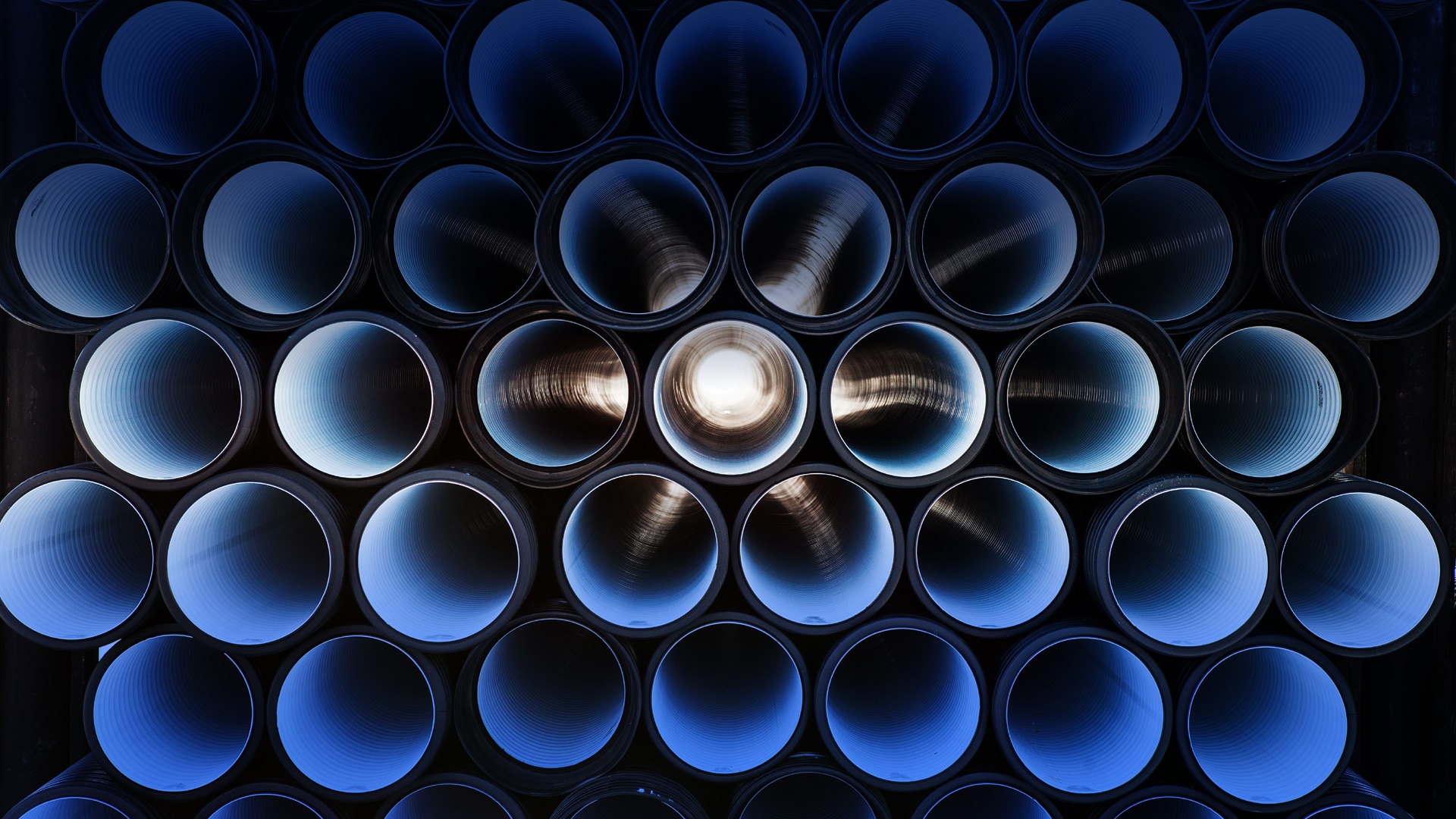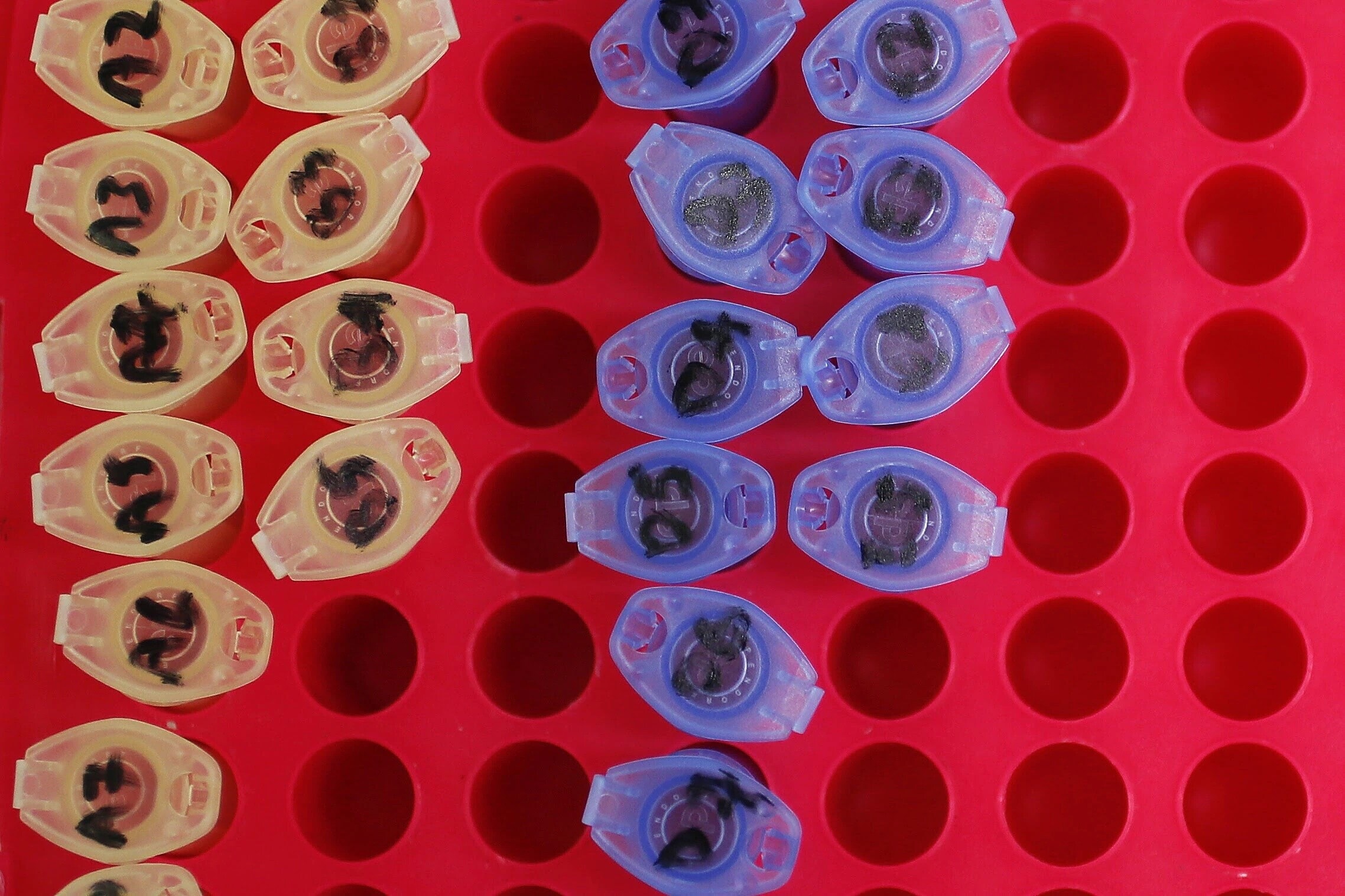Scientists Discover a New Eco-Friendly Ammonia Production Method
Used in many cleaning products and agricultural fertilizer. Their method uses water, nitrogen, a catalyst and a sprayer. If successfully scaled up, researchers say it could make a big dent in CO2 emissions, while helping to feed the world’s growing population sustainably.
Scientists at Stanford have developed a new method for producing ammonia that is more environmentally friendly than the current process.
The traditional method for ammonia production, known as the Haber-Bosch process, is energy-intensive and produces greenhouse gases. The new method, developed by Stanford researchers, uses water, nitrogen, a catalyst, and a sprayer. The water and nitrogen are mixed and sprayed through the catalyst, which causes them to react and form ammonia. The process is much more efficient than the Haber-Bosch process and produces no greenhouse gases.
Stanford researchers are still working on scaling up the new method, but they believe that it has the potential to revolutionize the production of ammonia. If successful, the new method could help to reduce greenhouse gas emissions and make it easier to feed the world's growing population.
The new method is a good example of how fundamental research can lead to new technologies that have a positive impact on the environment. The Stanford researchers were not specifically looking for an ammonia production method that is more environmentally friendly.
Stanford researchers have developed a more environmentally friendly ammonia production method than the current process. Watch to learn about the process. They were conducting fundamental research on the interaction of water and nitrogen when they discovered that the reaction could be used to produce ammonia. This is an important reminder that fundamental research is essential for developing new technologies that can help us to address the challenges of the 21st century.
La Agenda Semanal
Una actualización semanal de los temas más importantes de la agenda global






